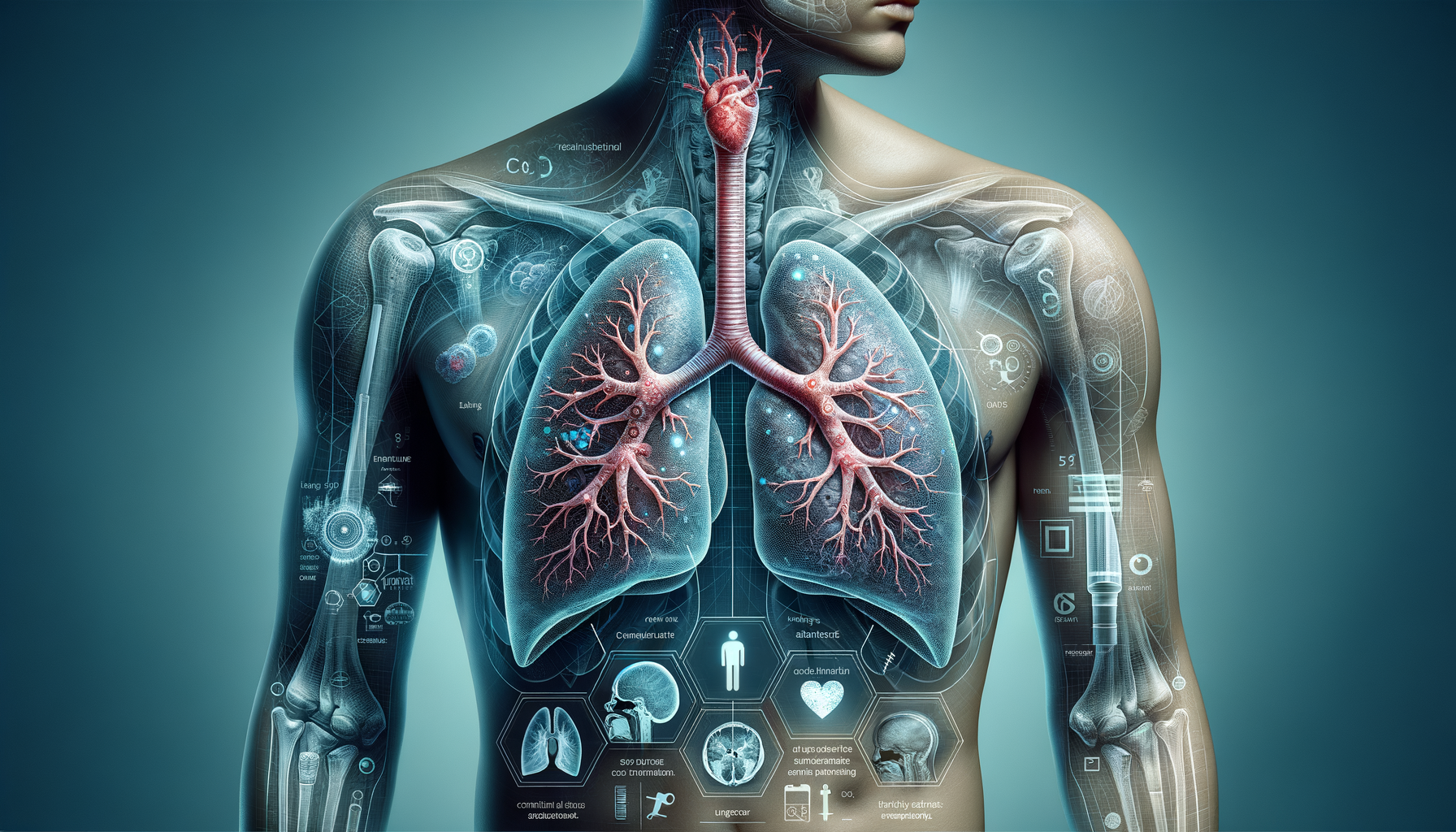Understanding Lung Cancer Symptoms
Lung cancer is one of the most common cancers worldwide, making it crucial to understand its symptoms. While some symptoms are specific, others might overlap with conditions like respiratory infections or chronic obstructive pulmonary disease (COPD). Common symptoms include persistent cough, chest pain, and shortness of breath. A cough that doesn’t go away or worsens over time is often an early indicator. Additionally, coughing up blood, even in small amounts, should prompt immediate medical attention.
Other symptoms can include unexplained weight loss and fatigue. These symptoms are often subtle and can be mistaken for other health issues. Furthermore, voice changes, such as hoarseness, might occur if the cancer affects the nerves controlling the larynx. Recognizing these symptoms early can lead to timely diagnosis and treatment, improving the chances of successful management.
It’s important to note that symptoms can vary depending on the type and stage of lung cancer. For instance, non-small cell lung cancer (NSCLC) and small cell lung cancer (SCLC) may present differently. Understanding these nuances can be vital for early detection and intervention.
Early Warning Signs of Lung Cancer
Early detection of lung cancer significantly improves treatment outcomes. Some early warning signs to watch for include persistent cough and changes in a chronic cough. Smokers or those exposed to secondhand smoke should be particularly vigilant. Additionally, recurring respiratory infections, such as bronchitis or pneumonia, can indicate underlying issues.
Another early sign is chest pain that worsens with deep breathing, coughing, or laughing. This pain might be mistaken for muscular pain, but if it persists, it warrants a medical evaluation. Furthermore, sudden and unexplained weight loss or decreased appetite can be a red flag.
Swelling in the neck and face, often due to a tumor pressing on blood vessels, can also be an indicator. It’s important to listen to your body and seek medical advice if you experience these symptoms persistently. Early intervention can lead to better treatment options and outcomes.
Methods of Lung Cancer Detection
Detecting lung cancer early can be challenging due to the subtlety of initial symptoms. However, advancements in medical technology have improved detection methods. Chest X-rays and CT scans are commonly used to identify abnormalities in the lungs. CT scans, in particular, offer more detailed images and can detect smaller tumors that X-rays might miss.
In addition to imaging tests, sputum cytology can be used to examine mucus from the lungs for cancer cells. This test is particularly useful for detecting certain types of lung cancer. Moreover, a biopsy, where a small tissue sample is taken from the lung, can confirm the presence of cancer cells and determine the type of lung cancer.
Regular screenings are recommended for individuals at high risk, such as long-term smokers or those with a family history of lung cancer. Early detection through these methods can significantly increase the chances of successful treatment and improve survival rates.
Comparing Symptoms and Detection Methods
Understanding the relationship between symptoms and detection methods is crucial for early diagnosis. While symptoms provide initial warning signs, detection methods confirm the presence of cancer. For instance, a persistent cough or chest pain might prompt a chest X-ray or CT scan, leading to further investigation.
It’s important to recognize that not all symptoms will lead to a cancer diagnosis; however, they should not be ignored. Medical professionals use a combination of symptom assessment and diagnostic tests to determine the presence and extent of lung cancer. This comprehensive approach ensures accurate diagnosis and appropriate treatment planning.
By comparing symptoms with detection methods, individuals can better understand their health and seek timely medical advice. This proactive approach can lead to earlier detection, more treatment options, and better outcomes for those diagnosed with lung cancer.
The Importance of Awareness and Regular Check-Ups
Raising awareness about lung cancer symptoms and detection methods is vital for early intervention. Regular check-ups, especially for those at higher risk, can lead to earlier detection and more effective treatment. Educating the public about the importance of recognizing early warning signs and seeking medical advice can save lives.
Healthcare providers play a crucial role in this awareness. By discussing risk factors and symptoms with patients, they can encourage regular screenings and early detection. Moreover, public health campaigns can further spread awareness and encourage individuals to take proactive steps regarding their lung health.
Ultimately, understanding lung cancer symptoms, recognizing early warning signs, and utilizing detection methods are key components in combating this disease. By staying informed and vigilant, individuals can take control of their health and improve their chances of a positive outcome.




Leave a Reply